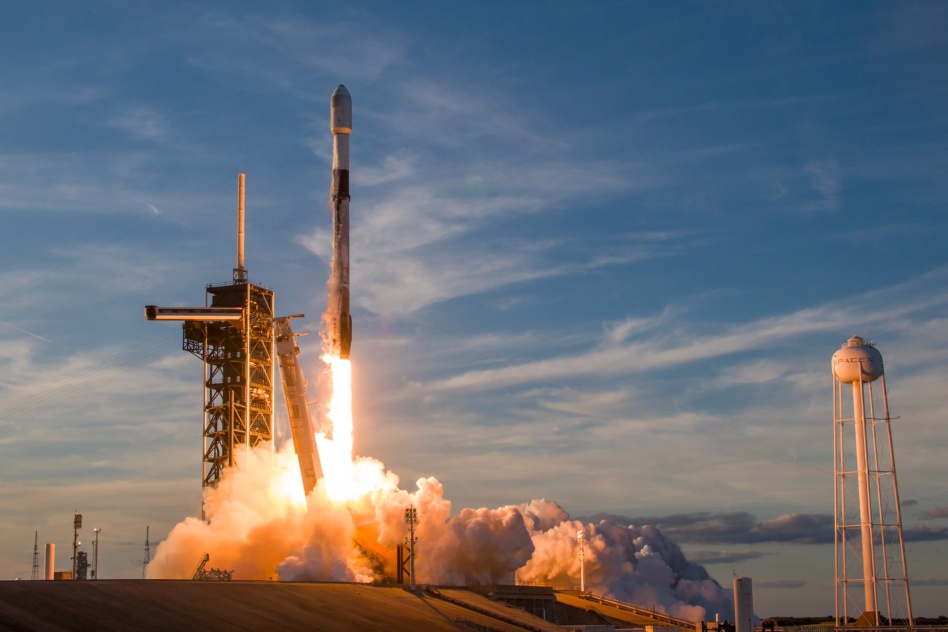The space economy could grow to $1.8T by 2035, according to a report released today by the World Economic Forum in partnership with McKinsey & Company.
Three global trends are making that eye-watering number possible:
- Increasing connectivity worldwide, leading to higher demand for satellite internet;
- Growing mobility, propelling the need for GPS-enabled position, navigation and timing (PNT) services; and,
- A more informed populace with a rising demand for AI-powered insights.
Halfsies: The report splits the space economy into two groups:
- “Backbone” applications, such as satellites, launch vehicles, and GPS, which currently make up around 50% of the space economy; and,
- “Reach” markets, or the non-space industries or services relying on space tech, such as weather services, parcel tracking, and food delivery, which make up roughly the other half.
Reach for the stars: The reach category is expected to grow at 1.5x the rate of core space tech, ultimately becoming the main driver of the space economy. By 2035, reach markets are expected to have nearly 60% of the market share.
Next to satellite comms and EO, one of the largest drivers of the space economy stems from PNT tech, enabled by GPS in the US, for non-space applications, such as location-based services. While comms remains the largest revenue source for Backbone players, with broadband expected to be the main growth driver, the market size for PNT will increase 155% by 2035.
High five: Five industries will generate 60+% of growth in the space economy by 2035, and another nine industries will see space-related revenues reach several billion dollars. Topping the list is supply chain management and transportation, where PNT plays a crucial role in everything from Uber to mail tracking.
Down to Earth: This dynamic, however, could quickly change if a terrestrial PNT-alternative came onto the scene and competed with space-based GPS. Coupled with the potential for steady cost curves and stagnating accessibility, this could instead result in a downside forecast of $1.4T by 2035.
Even with this potential downside, the space economy is set to become a booming trillion dollar industry in the next decade—and one that may help tackle many world challenges, from climate risk mitigation to disaster response to humanitarian crises, as outlined in the report.




